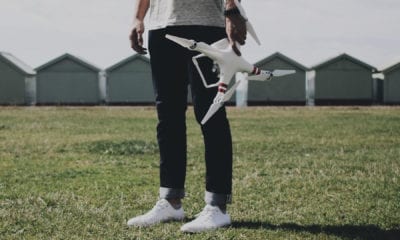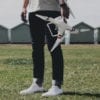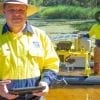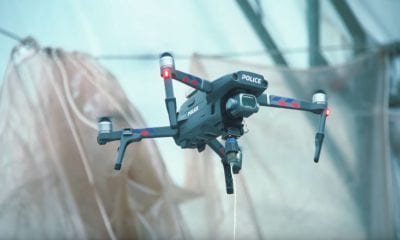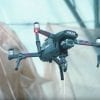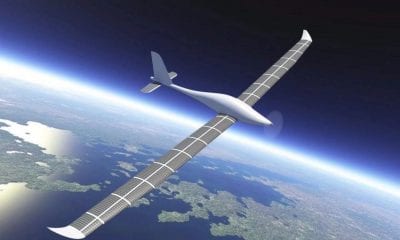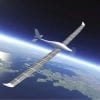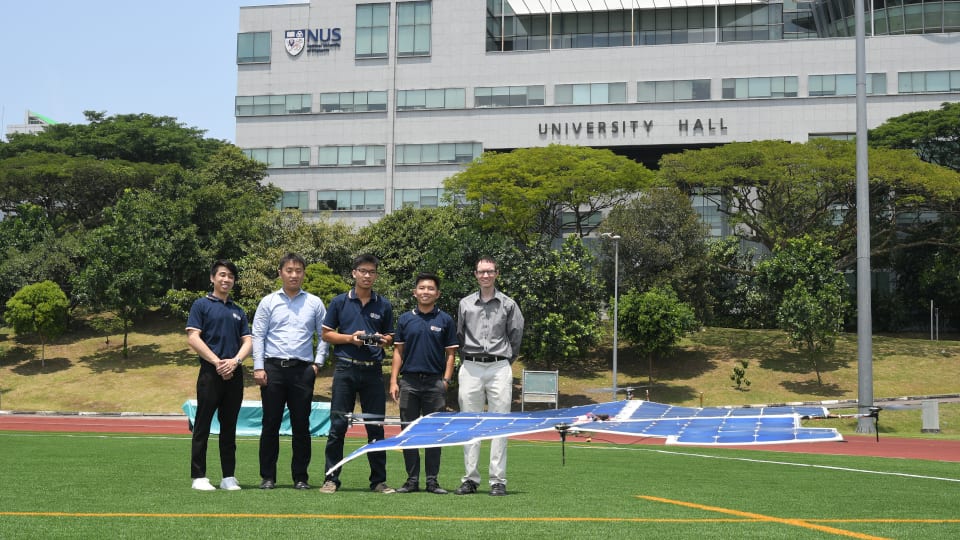
News
100% Solar-Powered Quadcopter Drone
Drones are preferred over conventional fixed wing planes in space and infrastructure constraints. However, rotary winged aircraft are significantly less efficient at generating lift compared to their fixed wing counterparts. Hence, a viable 100 per cent solar rotary aircraft that can take-off and land vertically remains a major engineering challenge to date.
But the challenge will soon be overcome with the testing of the solar-powered drone, developed as a student project under the Innovation & Design Programme (iDP) at NUS Faculty of Engineering, from the National University of Singapore (NUS) which can take-off and land vertically without a runway. This a major step forward in stretching the capabilities of quadcopter drones by powering the flight solely by natural sunlight.
A first in Asia, the current prototype has flown above 10 metres in test flights powered by solar energy with no battery or other energy storage on board. This quadcopter drone composed of lightweight carbon fibre weighs only 2.6 kg, and has a surface area of about 4 sq metres. It is supported by a frame fitted with 148 individually characterised silicon solar cells and equipped with four rotors.
“Our aircraft is extremely lightweight for its size, and it can fly as long as there is sunlight, even for hours. Unlike conventional quadcopter drones, our aircraft does not rely on on-board batteries and hence it is not limited by flight time,” said Associate Professor Aaron Danner from the Department of Electrical and Computer Engineering at NUS Faculty of Engineering and supervised the project.
The solar-powered quadcopter drone can be remote controlled or programmed to undertake a GPS enabled autonomous flight. The aircraft could become a potential ‘flying solar panel’ providing emergency solar power to disaster areas or for photography, small package delivery, surveillance and inspections too. To cater for weather conditions with no sunlight batteries can be incorporated to power the aircraft. Other hardware such as cameras can also be included for specific applications.
In the students’ maiden attempt in 2012, the solar-assisted quadcopter drone could only achieve 45 per cent of flight power from solar cells and the rest from on-board batteries.
The latest team comprises NUS Engineering students Mr Goh Chong Swee, Mr Kuan Jun Ren and Mr Yeo Jun Han, made further refinements to the earlier prototypes and achieved a fully solar-powered flight with their latest prototype. The team members were jointly supervised by Mr Brian Shohei Teo from the iDP programme.
Mr Yeo said, “We encountered many engineering challenges when building the drone- finding optimal number of solar cells efficient and light enough to power the propulsion system, which had to be light and at the same time able to produce sufficient thrust to lift the aircraft. Other issues were tuning and calibration of flight controls to enhance flight stability, designing a frame that is lightweight yet sufficiently rigid.”
The team hope to bring the technology closer to commercialisation soon.

